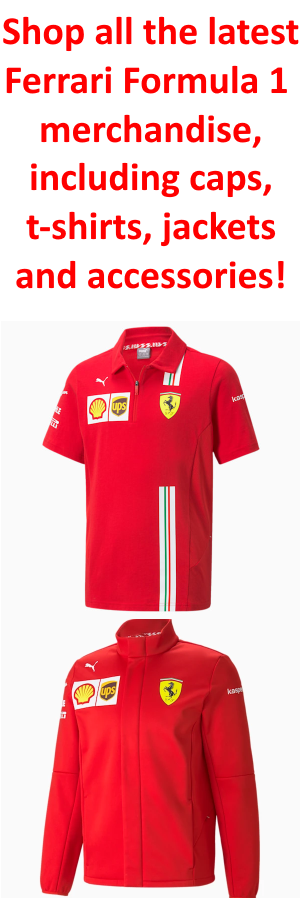The F1 Monaco GP is a disaster: the rules don’t work, something has to change. The two pit stops were supposed to open the race to different and aggressive strategies, but the result is far from satisfactory. At the front, nothing happens, while chaos reigns further back. Teams with two cars fighting for points make the most logical choice: slow down the entire pack to secure one (or even two) free pit stops.
It was supposed to be a spectacle, but it only increases the usual — already abundant — tension before the checkered flag. The Monaco Grand Prix, even with two mandatory stops, doesn’t change its nature: a procession of single-seaters that can’t fight, can’t challenge, can’t overtake. A story we’ve seen before, which no longer convinces anyone.
At the front, everything is frozen: Lando Norris wins (starting first), followed by Charles Leclerc (second), Oscar Piastri (third), and Max Verstappen (fourth). Lewis Hamilton, fifth at the finish, gains two positions thanks to the overcut on Fernando Alonso (who later retired) and Isack Hadjar. Meanwhile, in the back, a spectacle unfolds that has very little to do with Formula 1.
In Monte Carlo, the winner is the one who goes slowPushing to the limit, skimming the wall at every corner, chasing that thousandth of a second that makes the difference between positions: forget all that. The true essence of motorsport — and Formula 1 more specifically — has no place in Monte Carlo. The pursuit of speed is reshaped into a disheartening — and awful to watch — blocking tactic: slowing down those behind to benefit the team.
Racing Bulls do it first, asking Liam Lawson to lift off in corners and hold up the rivals. The goal is to create a large enough gap to allow Isack Hadjar two undisturbed stops. Then Williams follows, first with Carlos Sainz and then with Alexander Albon, right in front of the incredulous eyes of the two Mercedes.
To be clear: even without the mandatory double stop, going slow to save tyres is a usual strategy in the Principality. But the two pit stops only exacerbate these scenarios, repeated ad nauseam. Enough is enough, as shown by George Russell’s outburst: tired of being deliberately held up, he cuts the Nouvelle Chicane and gets a drive-through. “Better not to talk about it,” he says over the radio.
Stop hiding: the problem is the trackThere’s no use beating around the bush: you can come up with any artificial strategy to shake things up in Monaco, but the problem remains. The circuit isn’t suited for Formula 1. Not for these cars, at least — too wide, too heavy, too perfect. In a Circus increasingly desperate for spectacle, Monte Carlo no longer has a place. That’s a fact, however hard it may be to accept.
As always, only Saturday is spared: the most spectacular of the season. The Principality’s qualifying is the purest love letter to racing. Heart, adrenaline, courage: the “perfect lap” contains everything that has always fueled motorsport. But how much longer will that be enough to justify the dismal Sunday show?
The tactics seen in the race are nothing new, of course. And yet, while elsewhere “extreme overtaking” might be a solution, in Monaco there’s no room even for the drivers’ boldness. Something will change next year, that much is certain: team principals want it, the drivers want it. But will that really be enough to restore the prestige of one of the World Championship’s most historic jewels?
May 25, 2025
Let other Scuderia Fans know about us





















